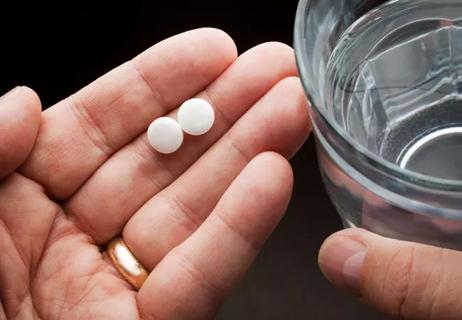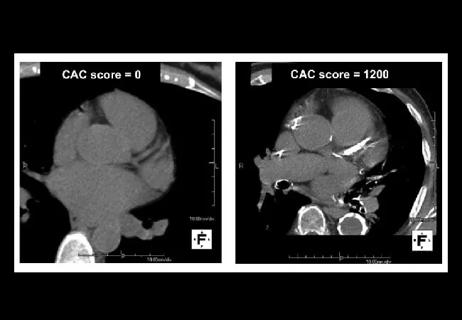Interventional options abound to curb lingering cardiac risks

Congenital heart disease (CHD), occurring in one of every 110 births, is the most common birth defect in the United States. While symptoms don’t always present at birth, the disease is generally being diagnosed earlier and treated far more successfully than it used to be, due to advancements in surgical and interventional techniques.
Cleveland Clinic is a non-profit academic medical center. Advertising on our site helps support our mission. We do not endorse non-Cleveland Clinic products or services. Policy
This progress has resulted in an increased population of adults with CHD, along with greater risk of complications for individual patients as they age, according to Joanna Ghobrial, MD, adult congenital cardiologist and interventional specialist in Cleveland Clinic’s Adult Congenital Heart Disease Center.
“My patients range in age from 18 to 80, but what they all have in common is a fighting spirit,” says Dr. Ghobrial. “And they make you want to fight for them, too.”
Research has shown the risk of sudden cardiac death for patients with adult CHD is 25- to 100-fold higher than for the general population. Therefore, an aggressive approach to evaluation and treatment is important.
“It is more critical than ever that patients with CHD who survive into adulthood are followed by a CHD specialist for the rest of their lives,” Dr. Ghobrial explains. “Some patients feel asymptomatic for many years. They don’t realize they don’t have a normal heart, and think it’s ‘normal’ to be winded after climbing a flight of stairs.”
She advises that internists should refer patients for an evaluation — typically including an echocardiogram and exercise stress test — when they have high suspicion of CHD based on clinical history, surgical scarring on a patient’s chest or symptoms such as arrhythmias, cyanosis (bluish tint to the skin, lips or fingernails), shortness of breath, swelling of body tissue or organs, or quick tiring upon exertion.
“Some patients don’t know why they had surgery as a baby, and this puts them at risk,” says Dr. Ghobrial. “If such congenital history is unclear, it needs to be evaluated appropriately.”
She notes that e-consults have helped lower the threshold for referral to specialists and enabled patients with CHD to experience a more coordinated approach to care. An explanation of therapeutic options, innovative surgical and transcatheter therapies, and consultative follow-up is recommended. Follow-up varies according to the patient’s condition but is typically once or twice per year.
“With interventional cardiology, we can correct problems quickly and offer great relief to a patient,” says Dr. Ghobrial. “It’s incredibly rewarding for me to see patients look and feel so much better after an intervention.”
The spectrum of interventional options includes the following:
“These patients did nothing wrong,” Dr. Ghobrial emphasizes. “They were just dealt a bad hand, but they are determined to do anything and everything a person with a normal heart can do. It’s gratifying to be able to help them in so many different ways.”
The Adult Congenital Heart Disease Center employs a multidisciplinary team approach to manage issues specific to CHD, and draws on the resources of Cleveland Clinic’s Miller Family Heart & Vascular Institute, the top-ranked heart program in the nation, according to U.S. News & World Report. The most common forms of CHD include atrial and ventricular septal defects and tetralogy of Fallot; additional forms include hypoplastic left heart syndrome, coarctation of the aorta, patent ductus arteriosus and Ebstein’s anomaly.

12 reasons people give for not wanting the influenza vaccine

A guide to informed, team decision-making

Its origins, uses and limitations

Evidence-based guidelines and communication are key

How will the components and uptake of this year’s influenza vaccine impact patient health?

A centennial year update on epidemiology, transmission and treatment of influenza.

Why our answer is ‘no’

It’s safe and accurate, but who should be tested?